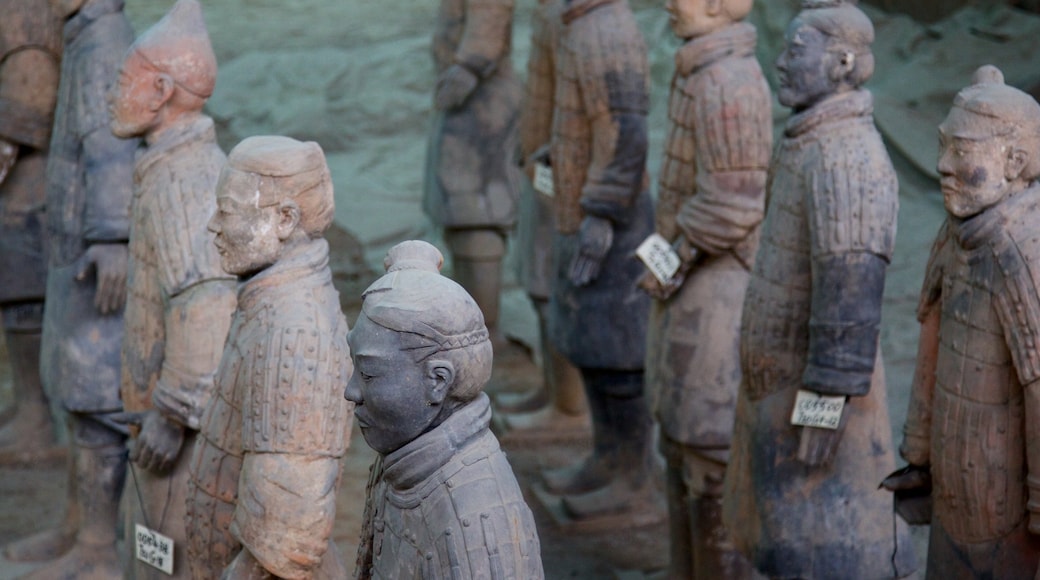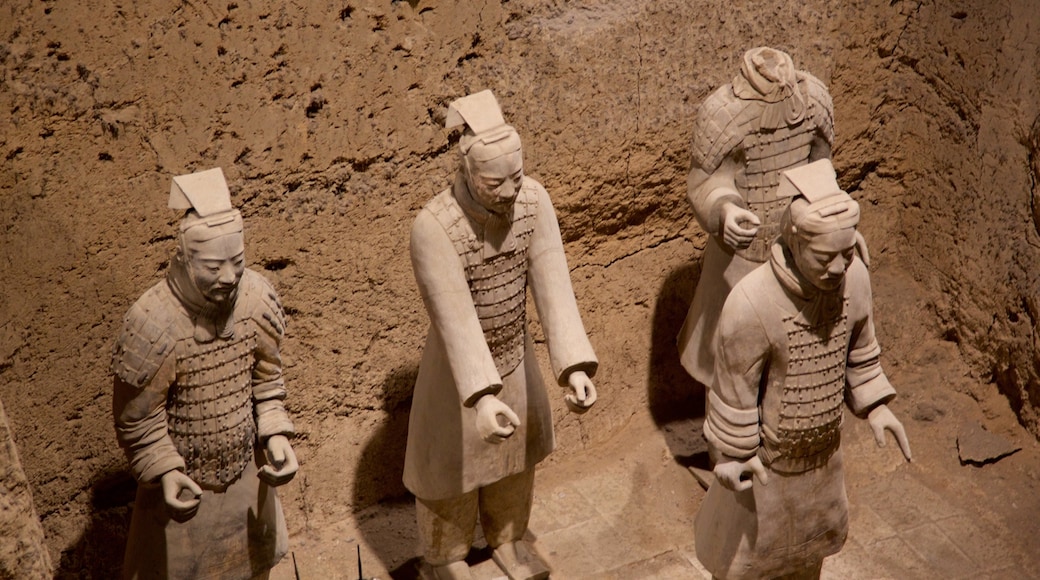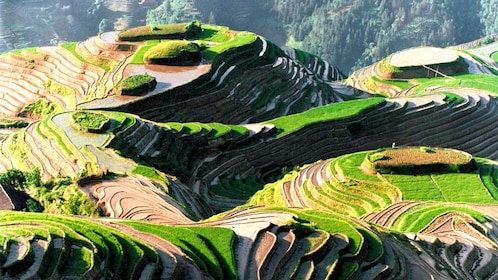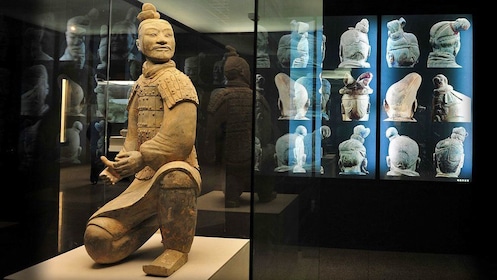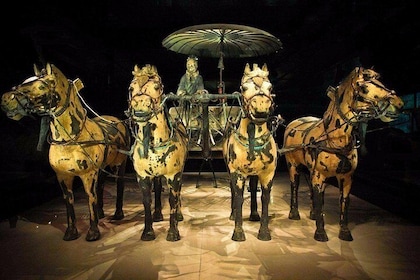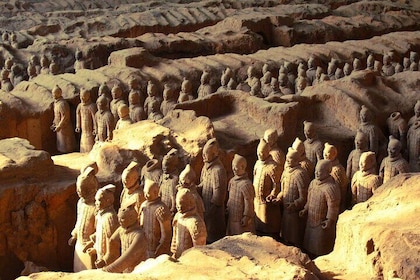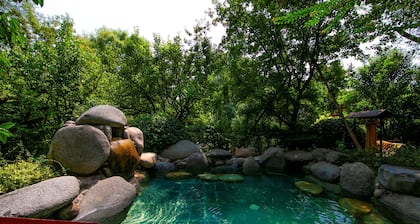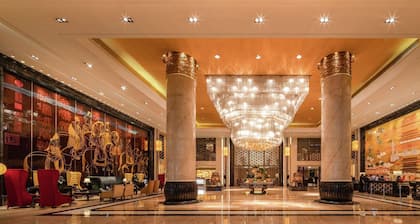The rows of thousands of figures that make up the Terracotta Army is among the most astonishing sites in the country. These sculpted soldiers, horses and chariots depict the armies of first Emperor of China Qin Shi Huang, serving to protect him in the afterlife. Get face to face with these fascinating relics for a sense of their large size.
Take a guided tour in English of this fascinating mausoleum. Learn about the funerary art and its meaning. Plaques also offer background information about the pits of statues. Alongside the military figures are other characters, such as acrobats and musicians.
The museum is split into three large pits that take up an area of 4 acres (1.6 hectares). Spend a few hours inspecting the intricacies of each statue. Note the battle formations and strategic positioning of some of the warriors and horses.
Find out about the history behind the mausoleum. Emperor Qin Shi Huang started work on the project after ascending the throne in 246 B.C. Local farmers uncovered the site while digging a well in 1974. Estimates suggest that the three main pits contain sculptures of around 8,000 soldiers, 130 chariots with multiple horses and 150 cavalry horses.
The Terracotta Army is part of the larger Lishan Garden, which contains the Museum of Terracotta Acrobats, the Museum of Terracotta Civil Officials and the Museum of Stone Armoury. Ride the shuttle buses between the museums.
Reach the site of the emperor’s tomb, which is marked by plants outside. An underground palace is not open to the public.
There is an admission fee to enter the complex, which opens daily from morning until early evening. The ticket includes the entire complex of Lishan Garden and the shuttle buses around the site.
The Terracotta Army is 25 miles (40 kilometres) east of Xi’an. Take a shuttle bus or taxi from the Xi’an Xianyang International Airport. Regular buses also depart from the Xi’an Railway Station, taking around 1 hour to reach the site.
